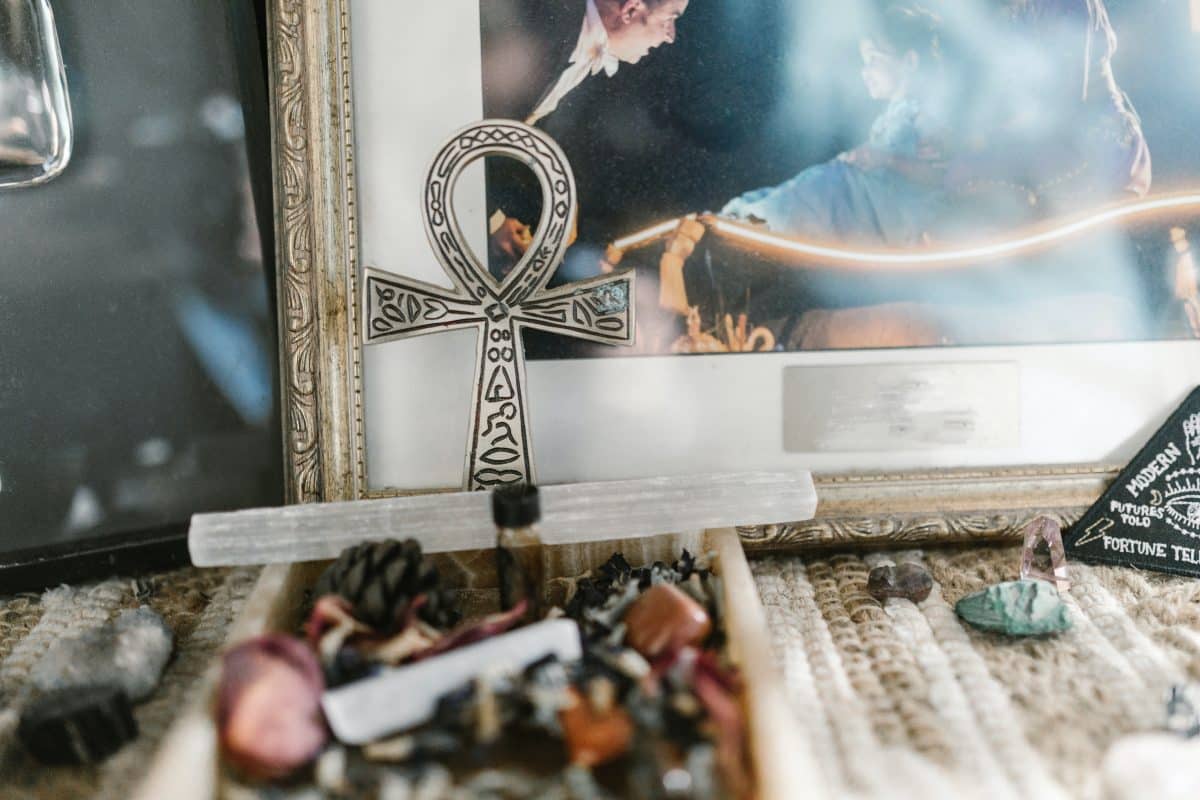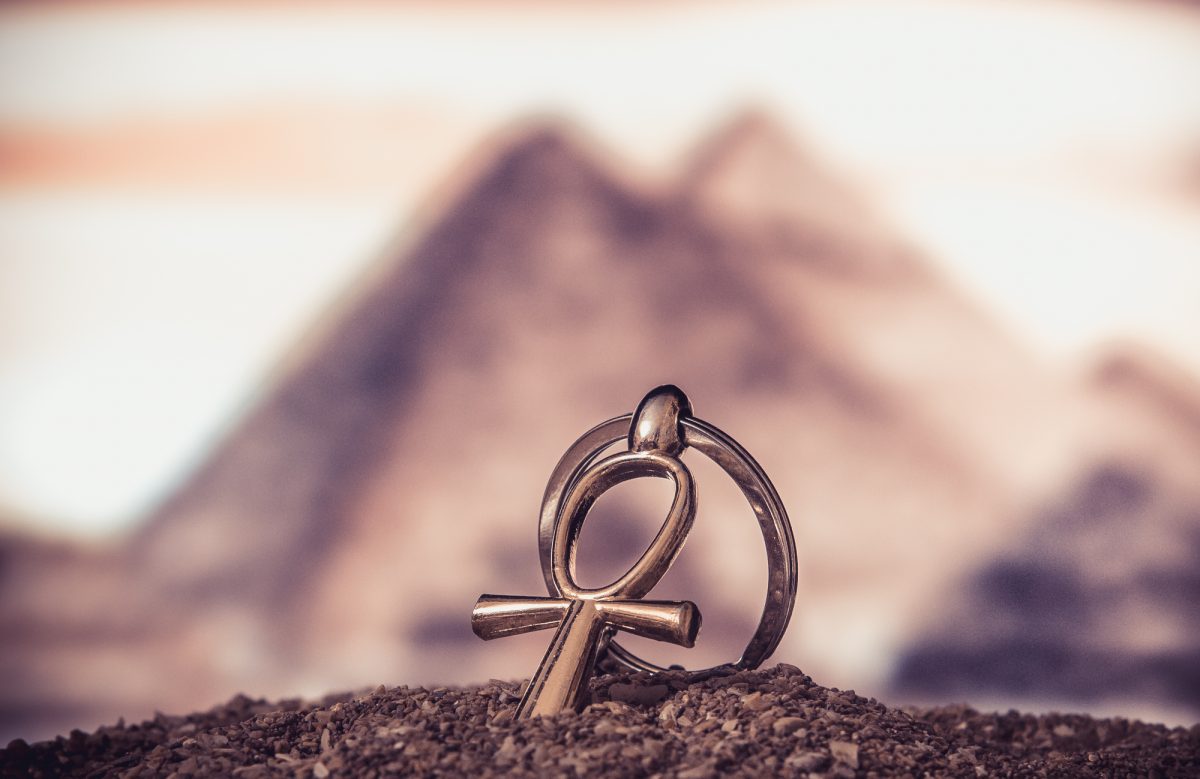Unveiling the Magic: A Comprehensive Guide to Athames and Ritual Tools in Your Witchcraft Practice
Witchcraft and its practice have long captivated the minds of many. Still, for those who actually delve into this mystical world, having the right tools to enhance their experience is important.
One such powerful instrument is the athame, a ceremonial knife used in various rituals and spellwork.
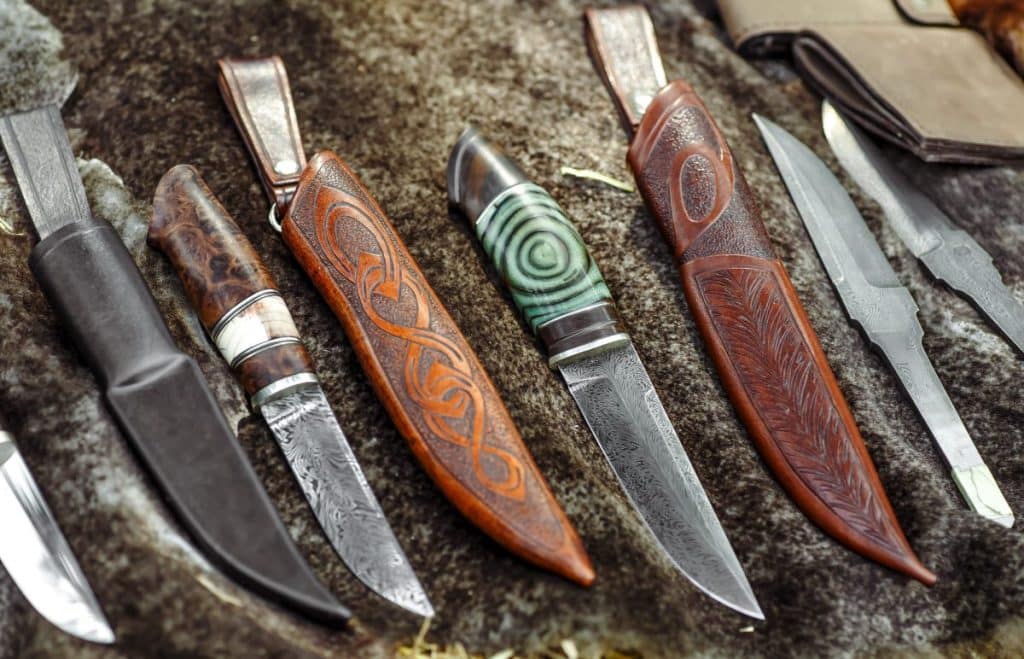
Table of Contents
The Athame: More Than Just a Knife
The athame is a ceremonial knife traditionally used by witches, Wiccans, and other practitioners of the craft. It’s typically a double-edged blade with a black handle, symbolizing the balance between light and darkness.
Contrary to popular belief, the athame is not used to cut physical objects but instead to direct energy and focus intentions during rituals and spellwork.
Choosing Your Athame
Selecting the perfect athame is a personal journey, as finding one that resonates with your energy and intentions is essential.
Here are some tips for choosing your ideal athame:
- Material and Design: Consider the blade’s material, as each metal carries its own unique energy. While steel and iron are popular choices, some practitioners may prefer copper, bronze, or even silver. The handle material and design should also reflect your personal aesthetic and energy.
- Size: An athame can range from a small, pocket-sized knife to a larger, more ornate dagger. Choose a size that feels comfortable in your hand and suits your practice.
- Energetic Connection: When selecting your athame, pay attention to your intuition. You’ll likely feel drawn to a particular knife that resonates with your energy.
Cleansing and Consecrating Your Athame
Before using your athame in any rituals or spells, it’s crucial to cleanse and consecrate it to align it with your energy and intentions. Here’s a simple step-by-step process to prepare your athame for use:
- Cleanse: Purify your athame with smoke from sage, incense, or a cleansing herb of your choice. Pass the athame through the smoke, envisioning any negative energy dissipating.
- Consecrate: Invoke the elements and any deities or spirits you work with. Hold your athame in your dominant hand and state your intention for its use in your practice.
- Charge: Leave your athame in the light of the full moon or sunlight to imbue it with potent energy.
Essential Ritual Tools to Complement Your Athame
While the athame is a powerful tool in your witchcraft practice, incorporating other ritual instruments can further enhance your magical workings. Here are some key tools to consider adding to your collection:
The Power of the Wand: Directing and Channeling Energy
A wand is a versatile tool used to direct and channel energy, similar to the athame. Wands are often made of wood, crystal, or metal, each with its unique energetic properties.
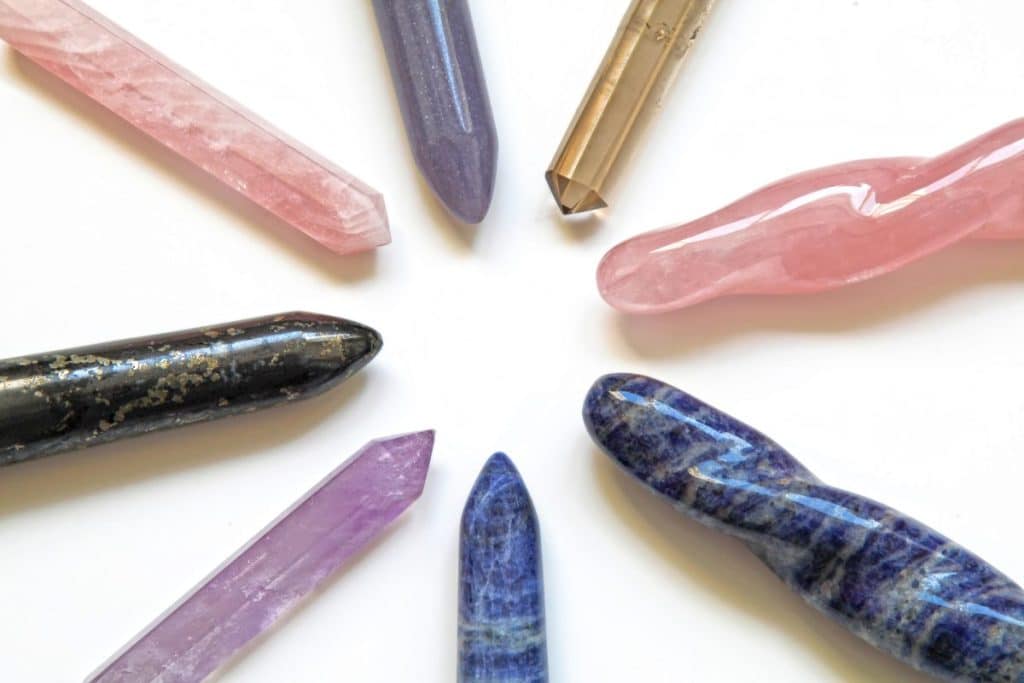
To choose the right wand for you, consider the type of energy you wish to work with and select a material that corresponds to your intentions.
The Chalice: Symbol of the Divine Feminine
The chalice is a goblet or cup used to represent the element of water and the divine feminine. It can be made of various materials, including glass, silver, or clay.

The chalice may hold water, wine, or another symbolic liquid during rituals. When selecting a chalice, choose one that reflects your personal style and resonates with your energy.
The Pentacle: A Sacred Symbol of Protection
The pentacle is a flat, circular object adorned with a five-pointed star or pentagram, symbolizing the elements of earth, air, fire, water, and spirit. It’s often used as a protective talisman and to represent the element of the earth during rituals.
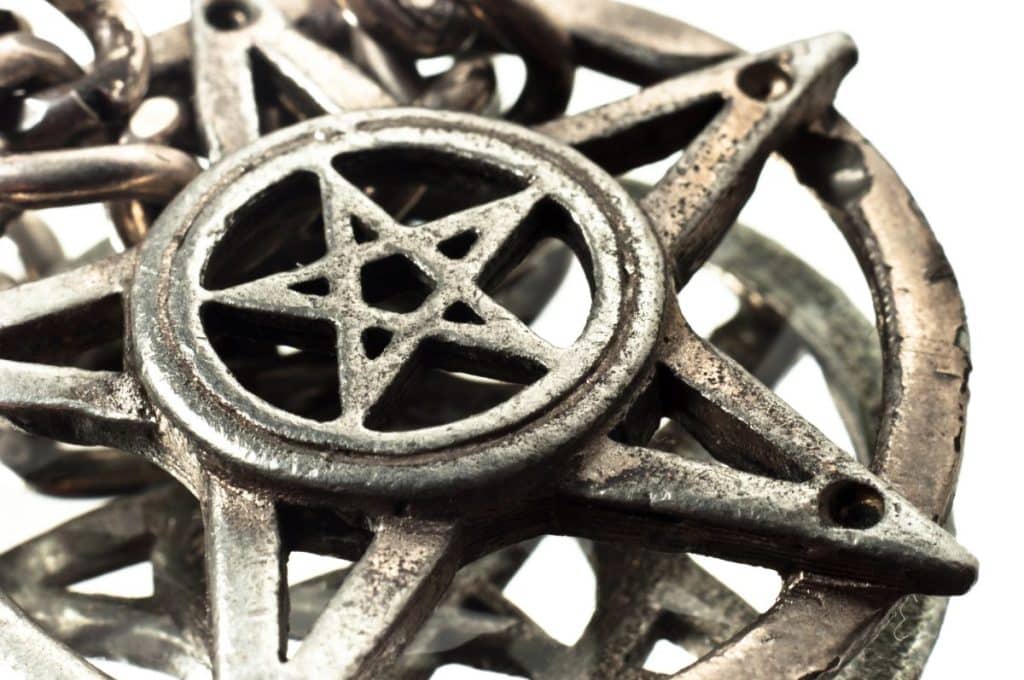
Pentacles can be made from various materials, such as wood, stone, or metal, and can be adorned with gemstones or other symbolic items.
When choosing a pentacle, consider its material and design, ensuring it aligns with your intentions and energy.
The Cauldron: A Vessel for Transformation
The cauldron is a deep, bowl-shaped vessel associated with the element of water, transformation, and rebirth.
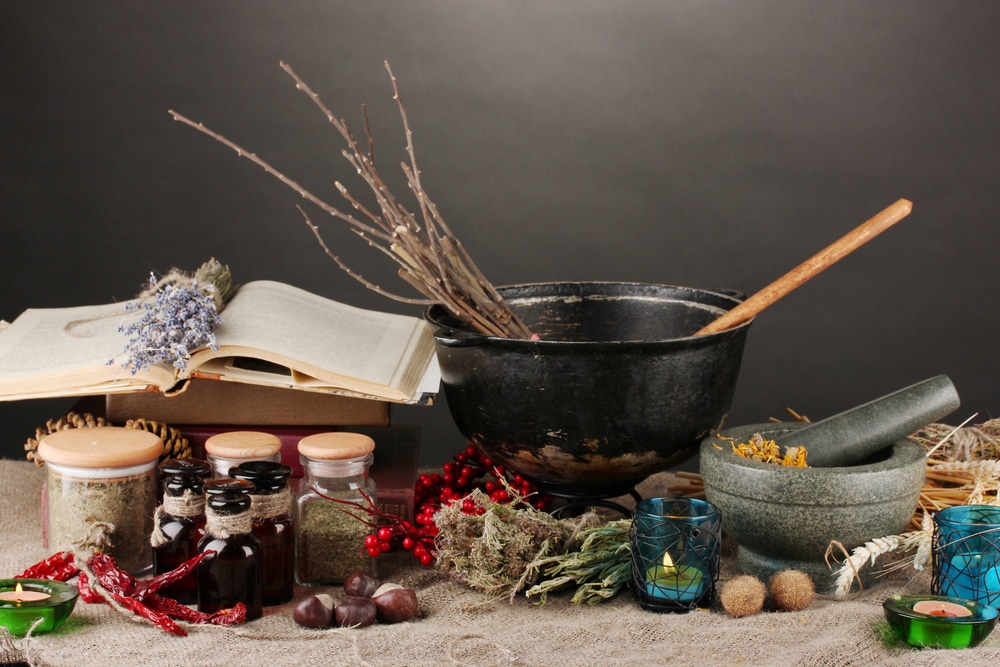
It’s used in various rituals, including creating potions, incense, or herbal blends. Cauldrons can be made from cast iron, copper, or ceramic materials and are available in various sizes.
Select a cauldron that suits your needs and resonates with your energy.
Incorporating Ritual Tools into Your Witchcraft Practice
Now that you’re familiar with some essential ritual tools, it’s time to learn how to incorporate them into your witchcraft practice. Here are some ideas to get you started:
Casting a Circle with Your Athame or Wand
Casting a circle is a fundamental practice in witchcraft, creating a sacred space for your rituals and spellwork. To cast a circle, hold your athame or wand in your dominant hand and walk clockwise around the perimeter of your space, visualizing a protective barrier forming as you move.
State your intention for the circle and invoke any deities, spirits, or energies you wish to work with.
Elemental Rituals and Spellwork
Use your ritual tools to connect with the elements and harness their energies in your magical workings. For example, you can use your athame to invoke the element of air, your wand for fire, your chalice for water, and your pentacle for the earth.
Incorporate these tools into your spells and rituals to deepen your connection with the natural world and enhance your practice.
Meditation and Energy Work
Ritual tools can also be used during meditation and energy work to help focus your intentions and channel energies. Hold your athame or wand in your hand during meditation, visualizing your energy flowing through the tool and into your desired outcome.
Alternatively, place your chalice, pentacle, or cauldron on your altar or in your sacred space to serve as a focal point for your meditation and energy work.
Caring for Your Ritual Tools
To ensure the longevity and effectiveness of your ritual tools, it’s essential to properly care for and maintain them. Here are some tips for keeping your tools in optimal condition:
- Cleanse: Regularly cleanse your tools to remove any residual energies from previous rituals or spellwork. Use smoke, moonlight, or another method that resonates with you and the tool’s material.
- Store: Keep your tools in a safe, designated space when not in use. You may choose to store them on your altar, in a special box, or wrapped in a cloth.
- Respect: Treat your tools with respect, as they are an extension of your energy and intentions. Handle them with care and only use them for their intended purpose.
Incorporating the athame and other ritual tools into your witchcraft practice will enhance your magical workings and deepen your connection with the spiritual world.
As you explore the various tools and their unique properties, you’ll discover new ways to harness their power and further develop your practice.


